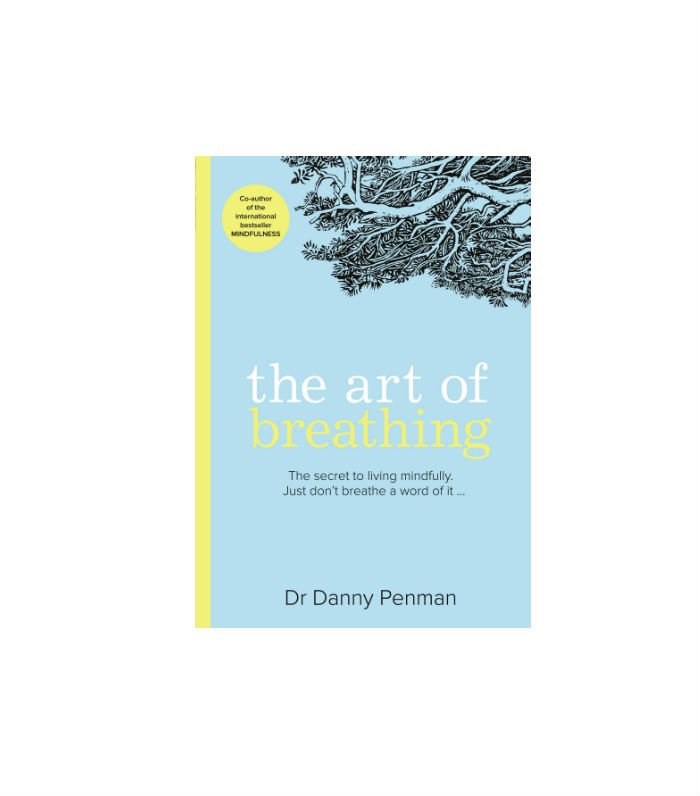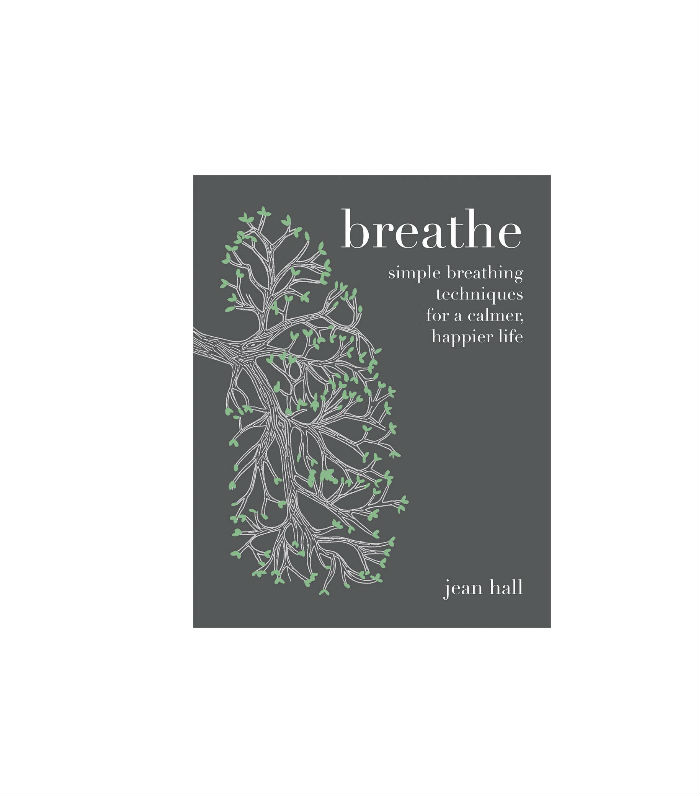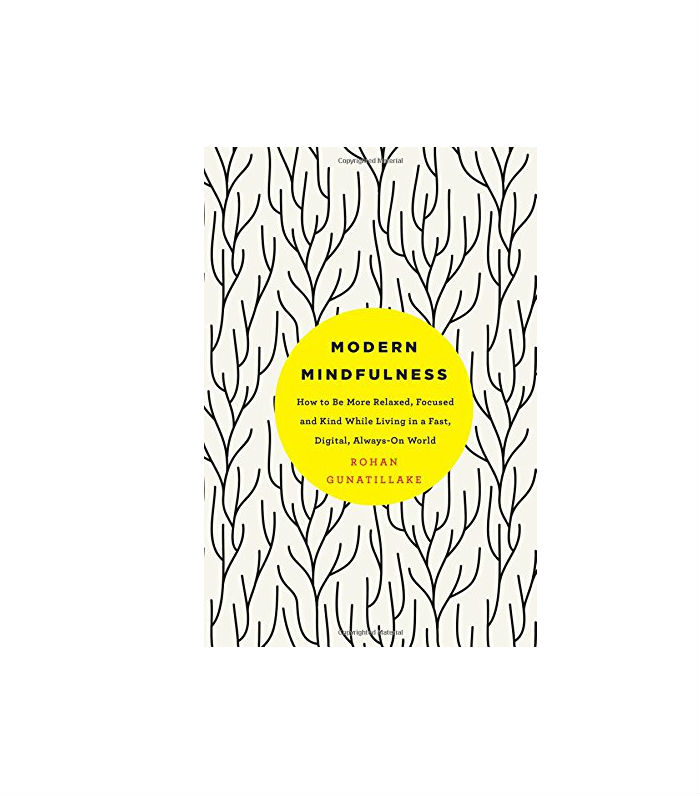3 Breathing Exercises to Use in Any Stressful Situation


If someone saying “take a deep breath and count to 10” makes you want to punch them in the face, we forgive you. But it could be a sign you’re feeling fraught and a bit anxious. As annoying as it is unhelpful, it rings true when it comes to lowering stress levels—there’s proof.
One of the techniques used in mindfulness, even if you can’t get on board with the “empty your head for 10 minutes” technique, a few deep and meaningful inhalations could be enough to quiet those frantic thoughts sending you into a spin and getting your heart racing.
It even works on marines. Not ones for shirking stressors and aggressors, a group of platoons undertook eight weeks of MMFT (aka mindfulness-based mind fitness training) and found that their mental resilience was enhanced after practicing mindfulness and breathing techniques on completion of a grueling training session.
Seriously, breathing properly makes a difference
“Deep breathing from the diaphragm is a great way to reduce anxiety because it decreases cortisol levels (the stress hormone), sending a message to your brain to calm down and relax,” explains Tara Swart, MD, PhD, neuroscientist and leadership coach. “It also increases the oxygen flow to your brain, which will help you think clearer.”
It’s why you’ll find breathing exercises cropping up in everything from meditation to stretching and boxing. Yes, even some punch-out classes like Yogabox are incorporating a few minutes dedicated to deep breathing to help lower those stress levels and allow your heart rate to return back to a normal state before you re-enter the big bad world.
“The process allows you to increase [the] oxygen levels inside your lungs and allows your heart rate to drop by 20% to 40%,” says Koroush Nikpour-Valiseh, head of weight lifting and fitness manager at Everyone Active. “This will allow you to concentrate and enjoy a better state of mind.” Think of it as a stretch for your brain, minus the need for a foam roller.
how much and how often?
Obviously, we’re constantly breathing, but it’s more of a controlled, focused breath you need to engage in if you want to reap the rewards. “Incorporating an exercise involving steady breathing into your regimen weekly, or getting into the habit of doing short 15-minute exercises a day will help with relaxation and controlling anxiety,” continues Nikpour-Valiseh.
The trick is to maximize the oxygen and minimize the CO2 in your lungs, as it’s having too much carbon dioxide in them that triggers shortness of breath, and that shortness of breath can lead to panic attack style symptoms. It often comes from taking quick, shallow breaths.

You can do it anywhere
The best bit about these de-stressing breathing exercises is that you can do them anywhere and at any time. Handy if your boss has just mind dumped on you and expects you to put the pieces back together.
Long, deep breaths are the best place to begin. At your desk, making a cup of coffee, in the returns line at Topshop when you see your lunch break disappearing into a black void, turn your focus to your lungs and start to rebalance your breathing.
“Breathe in for the same count as breathing out,” advises Swart. “Start with four or six counts, and increase it to eight. Just a few deep breaths can have a noticeable effect.” You can’t OD on this one, so come back to it as many times as you need to throughout the day.
The more advanced you get in your breathing, the more you can up the ante. Holding your breath is great for rebalancing CO2 levels—especially useful if you feel like you might hyperventilate. Count to 10 or until seven heartbeats have passed, and that’s enough. Exhale, and then repeat until you feel cool, calm and collected. If you start going red in the face, you’re holding for too long.
If you’re feeling super confident and more in need of an energy boost than a stress buster, try this yogi favorite. Hold your thumb over your right nostril, and inhale deeply through the left nostril. Once you’ve inhaled and your lungs are full, block the left nostril and exhale through the right. Continue up to 10 times, but do it sitting down, just in case you get a touch light-headed. Some fans of this technique say it’s as good as a caffeine hit to give you that buzz.
Want to learn more? Dive into one of the breathing books below.
This post originally appeared on Byrdie UK.
Next up, a fascinating look at how people around the world reduce stress.
This article is provided for informational purposes only and is not intended to be used in the place of advice of your physician or other medical professionals. You should always consult with your doctor or healthcare provider first with any health-related questions.



